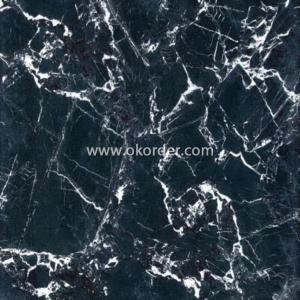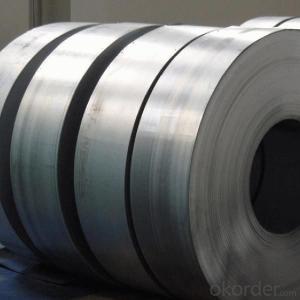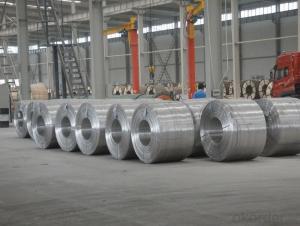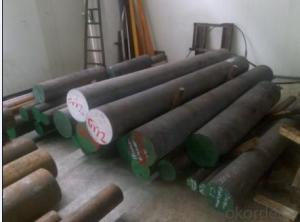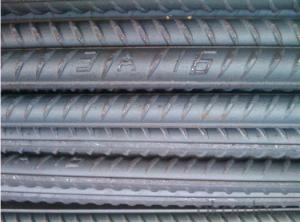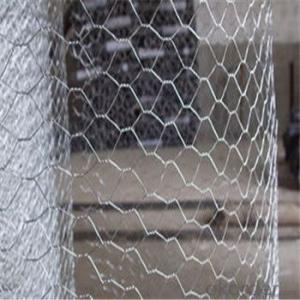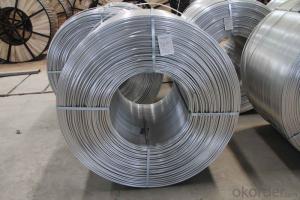Stainless Steel Rod 1 4
Stainless Steel Rod 1 4 Related Searches
Best Paint For Stainless Steel Blanket Insulation For Steel Buildings Primer For Galvanized Steel Foam Filter For Stainless Steel H S Code For Stainless Steel Surface Grinding Wheels For Stainless Steel Surface Grinding Wheels For Hardened Steel Hole Saw For Stainless Steel Paint For Stainless Steel Stainless Steel For BbqHot Searches
Steel Mesh Panels For Sale Price For Stainless Steel Scrap Scrap Price For Stainless Steel Price For Stainless Steel Stainless Steel Tank For Sale Stainless Steel Sheets For Sale Cheap High Tea Sets For Sale Stainless Steel Tanks For Sale Stainless Steel For Sale High Density Fiberboard For Sale Solar Hot Water Collectors For Sale Scaffolding For Sale In Uae Scaffolding For Sale In Ireland Scaffolding For Sale In Houston Type Of Inverter For Solar Price Of Shipping Containers For Sale Types Of Inverter For Solar Stock Price For Aluminum Used Solar Inverter For Sale Steel Mesh Panels For SaleStainless Steel Rod 1 4 Supplier & Manufacturer from China
Okorder.com is a professional Stainless Steel Rod 1 4 supplier & manufacturer, offers integrated one-stop services including real-time quoting and online cargo tracking. We are funded by CNBM Group, a Fortune 500 enterprise and the largest Stainless Steel Rod 1 4 firm in China.Hot Products
FAQ
- Stress relaxation is a phenomenon that occurs in stainless steel sheets when they are subjected to prolonged exposure to high temperatures or constant stress. To prevent stress relaxation on stainless steel sheets, you can take the following measures: 1. Proper selection of stainless steel grade: Different grades of stainless steel have varying resistance to stress relaxation. Choose a grade that offers high resistance to this phenomenon, such as austenitic stainless steels like Type 304 or Type 316. 2. Avoid excessive temperatures: Stainless steel sheets should be operated within their recommended temperature limits. Exposing them to temperatures beyond their specified range can accelerate stress relaxation. Ensure that the operating temperature remains within the permissible limits. 3. Control the stress levels: Minimize the stress levels applied to the stainless steel sheets during fabrication and installation. Avoid excessive bending, stretching, or deformation that could introduce stress into the material. Properly design and fabricate the components to reduce stress concentration points. 4. Post-weld heat treatment: If the stainless steel sheets are welded, consider performing a post-weld heat treatment. This process involves subjecting the welded area to controlled heating and cooling cycles to relieve residual stresses and minimize the potential for stress relaxation. 5. Reduce exposure to aggressive environments: Stainless steel sheets are corrosion-resistant, but exposure to aggressive chemicals or environments can accelerate stress relaxation. Avoid prolonged exposure to corrosive substances or environments that may compromise the material's integrity and cause stress relaxation. 6. Regular inspections and maintenance: Periodically inspect the stainless steel sheets for signs of stress relaxation, such as deformation, cracks, or changes in dimensions. Regular maintenance and timely repairs can help identify and address any issues before they worsen. 7. Consult with experts: If you are unsure about the specific requirements to prevent stress relaxation in your stainless steel sheets, consult with metallurgical experts or stainless steel manufacturers. They can provide guidance on the best practices and materials to ensure long-term performance and prevent stress relaxation. By implementing these preventive measures, you can significantly reduce the risk of stress relaxation in stainless steel sheets, ensuring their durability and maintaining their structural integrity over time.
- Yes, stainless steel sheets can be used for fire escapes. Stainless steel is known for its high strength, corrosion resistance, and durability, making it suitable for fire escape applications. It can withstand high temperatures and is not easily affected by fire or heat, ensuring the safety and reliability of fire escapes.
- Yes, stainless steel sheets can be used in construction projects. They are commonly used for various applications in construction due to their durability, corrosion resistance, and aesthetic appeal. Stainless steel sheets are often used for roofing, cladding, structural components, and decorative purposes in buildings and infrastructure projects.
- What welding equipment do we need for welding stainless steel sheet and stainless steel square tube?
- You want to use argon arc welding. Stainless steel has good weldability, so you only need to weld it. Stainless steel welding is simple, the process is not high, plate deformation is very large, but after welding needs pickling and polishing.Argon arc welding is completely different from electrode welding. It has less welding defects because of its bright arc welding. No splash surface forming well.
- Certainly! Roofing or cladding can definitely utilize stainless steel sheets. Stainless steel, being a durable and resistant material, is perfectly suitable for exterior purposes. It provides exceptional strength and can endure severe weather, thus making it an ideal option for roofing or cladding. On top of that, stainless steel presents a sleek and contemporary look that can enhance a building's aesthetic charm. Moreover, its long-lasting nature and minimal maintenance needs make it a cost-effective choice in the long term. All in all, stainless steel sheets are a dependable and adaptable option for roofing or cladding ventures.
- Yes, stainless steel sheets can be used for medical instruments. Stainless steel is a popular choice for medical instruments due to its excellent corrosion resistance, durability, and ease of sterilization. It is non-reactive, which means it does not leach any harmful substances into the body during medical procedures. Stainless steel sheets are used to manufacture various medical instruments such as surgical tools, implants, dental instruments, and diagnostic equipment. The smooth surface of stainless steel sheets also makes them easy to clean and maintain, which is crucial for maintaining sterility in medical settings. Overall, stainless steel sheets are a reliable and widely used material for manufacturing medical instruments.
- There exists a range of stainless steel sheet grades, each possessing distinctive properties and applications. The following are some commonly used stainless steel sheet grades: 1. Austenitic stainless steel, such as 304 and 316, is widely utilized due to its outstanding corrosion resistance and high ductility. It lacks magnetic properties and can be easily formed and welded. 2. Ferritic stainless steel, including 430 and 409, exhibits magnetic properties and excellent corrosion resistance, particularly in high-temperature environments. Although less ductile than austenitic stainless steel, it offers good strength and formability. 3. Martensitic stainless steel, like 410 and 420, is characterized by its high strength, hardness, and wear resistance. It is commonly employed in applications where toughness and corrosion resistance are of lesser importance. 4. Duplex stainless steel, such as 2205 and 2507, is a combination of austenitic and ferritic stainless steels. It provides a unique blend of strength, corrosion resistance, and cost-effectiveness. This type is highly resistant to stress corrosion cracking and finds application in industries such as oil and gas, chemical processing, and marine applications. 5. Precipitation hardening stainless steel, represented by grades like 17-4 PH and 15-5 PH, is heat-treatable and offers high strength and corrosion resistance. It is commonly employed in aerospace and high-performance applications that necessitate a combination of strength and corrosion resistance. These are merely a few examples of the diverse stainless steel sheet grades available. Each grade possesses specific characteristics and is chosen based on desired properties and intended applications.





















